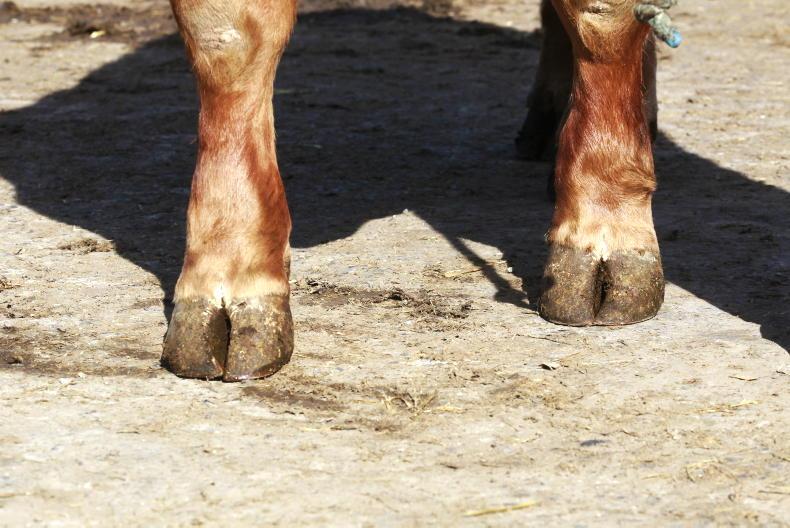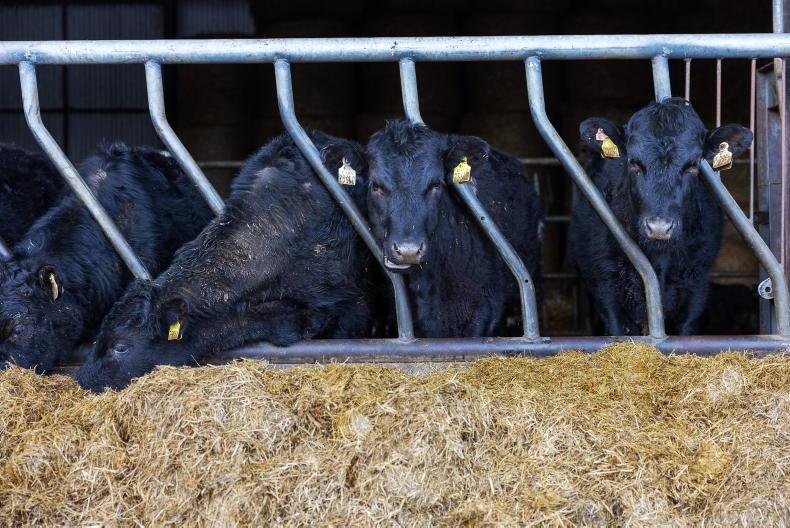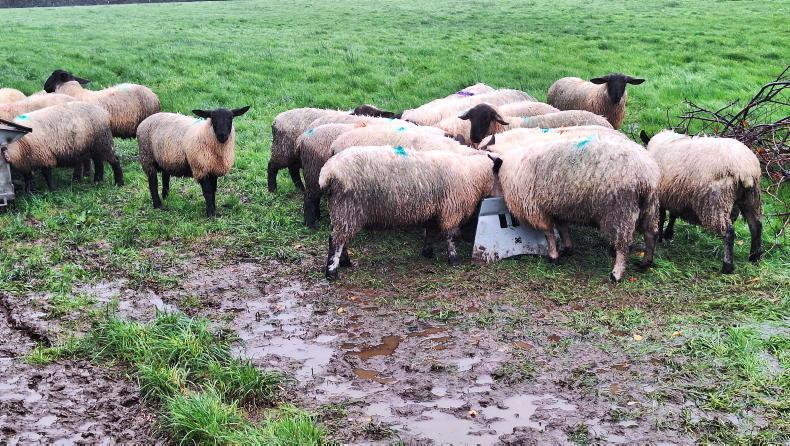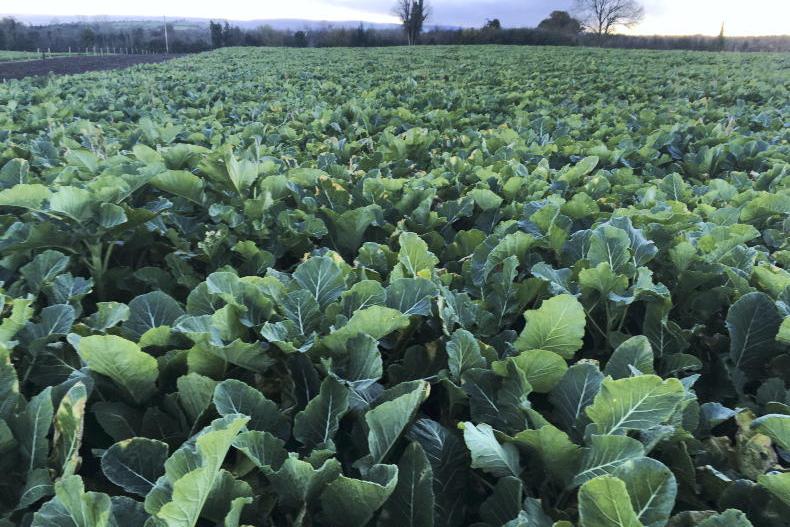It’s mid-March, and with such a wet January and February, the first half of the month has been much the same, albeit some farmers in the northwest witnessing a brief respite last week from the wet and rain.
Slurry tanks are at capacity for many, with the combination of ground being too wet to get cattle out or get out with a slurry tanker being a double whammy. Speaking to farmers who have cattle out, having small groups in a large enough area has been working well for them.
The main danger point in spring calving herds is disease pressure with overcrowding, so every effort should be made to get cows and calves at grass.
Batching cows in small groups of three to five cows should be trialled, with calves hardening up to any weather if they can get a couple of dry days on their back to start. Another option is to let cows and calves to grass by day and in by night, but this may prove labour intensive.
Days are lengthening, and when dry weather comes ground should dry out relatively rapidly.
In order to be prepared, have fertiliser sitting in the yard ready to hit paddocks. Growth has hit the mid-teens and heavy covers in particular are beginning to look hungry.
Peter Doyle – Teagasc Derrypatrick, Co Meath
We got 80 yearling beef animals and the replacement heifers out to grass last week, but they were rehoused on Tuesday. We had cattle split in to batches of 20 and utilisation was good.
Wet weather over the past couple of days, along with further promised rain caused us to rehouse. The bullocks were weighed before going to grass and averaged 416kg, with the beef heifers averaging 396kg.
So far, 15% of the farm with the lowest covers has been spread with slurry on our grass-clover trial.
We will hope to get cattle back out to grass next week, and if ground and weather conditions allow, we will spread half a bag/ac of protected urea. We have 76% of cows calved within the first five weeks.
System Suckler to beef
Soil Type Free draining
Farm cover (kg/DM/ha) 1,050
Growth (kg/DM/ha/day) 19
Demand (kg/DM/ha/day) 0
William Treacy – Hackballscross, Co Louth
We got out with another bit of slurry last week to keep tanks from overflowing. I’ve been hitting paddocks that have been grazed and those with low covers that were grazed late last back end, but I can’t get to all ground with a tanker.
Yearling and autumn 2022 heifers are still out at grass in small batches, and while they’re doing a small bit of damage around ditches and gateways, overall they are doing ok.
There is some fertiliser in the yard from last year, and weather dependent, I will spread it soon, as grass is starting to look hungry with the growth we have been having lately.
Calving has slowed up slightly, but we should have the majority of cows calved by the end of the month.
System Suckler to beef
Soil Type Free draining
Farm cover (kg/DM/ha) 1,092
Growth (kg/DM/ha/day) 14
Demand (kg/DM/ha/day) 4
Shaun Diver – Tullamore Farm, Co Offaly
Ground conditions are still very tricky here. While we had spread slurry and dung earlier in the year, we have no urea spread, and we won’t be spreading until ground dries up significantly.
Slurry tanks are filling up rapidly and we could do with a dry spell to alleviate pressure. So far, we have 13 yearling heifers out at grass, with seven calved heifers also turned out last week. Ground conditions aren’t allowing any more stock to go out just now.
We have 30 ewes lambed, and if weather allows, we will get these to grass as soon as possible. Silage ground has now been closed up, having been grazed with sheep over the winter.
While there are good covers on the farm, ground conditions are the major headache.
System Suckler to beef
Soil Type Variable
Farm cover (kg/DM/ha) 650
Growth (kg/DM/ha/day) 16
Demand (kg/DM/ha/day) 7










SHARING OPTIONS